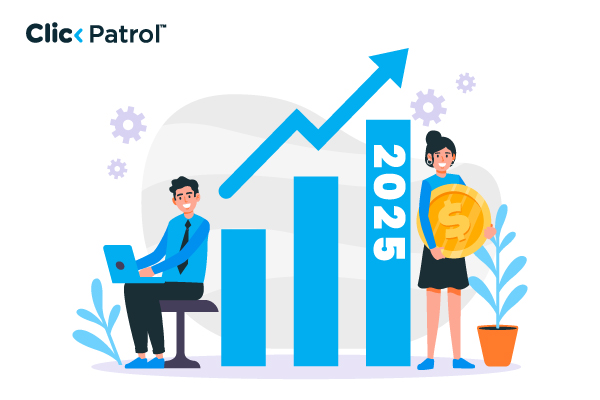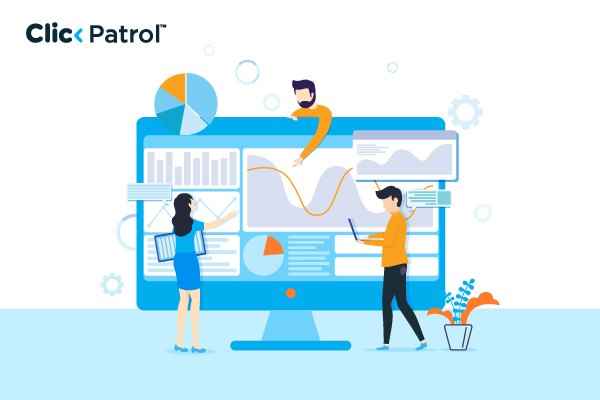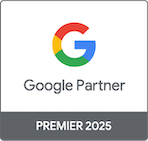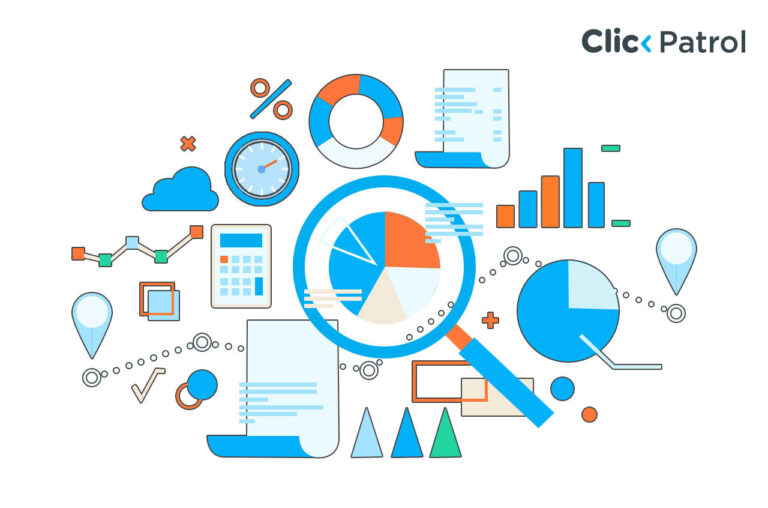
How to calculate Ad frequency in digital marketing: Boost ROI and prevent Ad fatigue
Abisola Tanzako | Aug 18, 2025
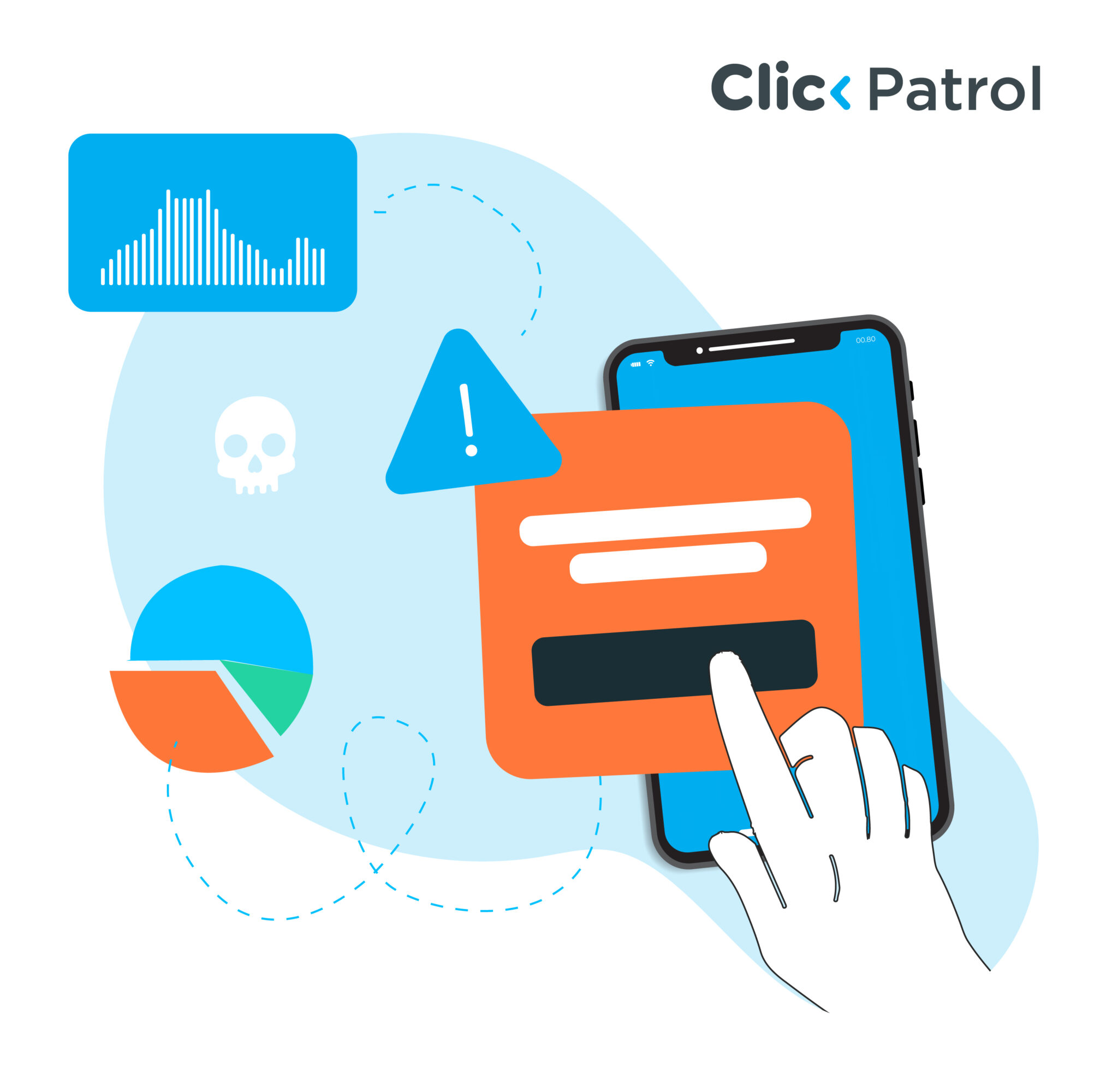
Table of Contents
- What is Ad frequency in digital marketing?
- Why Ad frequency in digital marketing is important
- Best Ad frequency caps by platform (Facebook, Google, LinkedIn, etc.)
- How to calculate Ad frequency in your campaigns
- Types of Ad frequency in digital marketing
- How to manage and optimize Ad frequency in digital marketing
- Tools to measure Ad frequency in digital marketing
- Balancing frequency: Awareness vs. annoyance
- Real-world frequency case study
- Best practices for frequency management
- Mastering Ad frequency in digital marketing for maximum impact
- FAQs
Ad frequency in digital marketing refers to the average number of times a person sees your ad within a given period.
Facebook recommends keeping ad frequency below 2.0 for brand campaigns to avoid fatigue. It is calculated by dividing total impressions by reach.
Managing frequency is key on platforms like Facebook, Google, and Instagram to avoid overexposure and ad fatigue, which can hurt performance.
High frequency can lead to lower click-through rates and wasted spend. Retargeting campaigns may benefit, especially when showing fresh, engaging content.
This guide explains calculating, managing, and optimizing ad frequency using tools like Google Ads and Meta.
What is Ad frequency in digital marketing?
Ad frequency in digital marketing refers to the average number of times a unique user sees your ad during a campaign.
It helps measure ad exposure and is essential for evaluating performance.
Formula:
Frequency=Impressions\Reach
Impressions: Total number of times your ad was displayed.
Reach: Number of unique users who saw your ad.
Example:
If your ad generated 100,000 impressions and reached 25,000 unique users, then:
Frequency=100,000\ 250,000 = 4
This means each user saw the ad 4 times on average.
Why Ad frequency in digital marketing is important
Getting your ad frequency right is a delicate balance. Show your ad too rarely, and people may forget your message.
Show it too often, and you risk annoying your audience and hurting your performance. When done right, proper frequency helps you:
- Build brand awareness and make your message memorable
- Reinforce your value proposition
- Increase the likelihood of user action or conversion
But when frequency is too high, it can:
- Causes ad fatigue, leading users to ignore or resent your ads
- Waste ad spend with diminishing returns on impressions
- Damage your brand image by making it appear repetitive or intrusive.
Best Ad frequency caps by platform (Facebook, Google, LinkedIn, etc.)
Different platforms and campaign objectives require different frequency strategies
1. Facebook Ads: A new industry guideline for brand awareness initiatives caps the frequency at roughly two exposures per week
over ten weeks more aggressive retargeting programs approach five to ten impressions per month.
2. Google Display: While specific per-week numbers are not standardized, experts suggest setting your frequency cap
between 5–7 per day initially, and adjusting based on performance metrics
3. LinkedIn Ads: Justin Rowe from Impactable found that a sweet spot for a 7-day campaign is approximately
3–4 exposures, for 30-day campaigns, it is around 8–10, and for 90-day campaigns, up to 18–20 exposures.
4. Instagram Ads: Improvado’s best-practice guide also aligns with Meta’s suggestion: 2 exposures per week
for brand awareness over an extended period, and three exposures per day for sales-focused campaigns.
How to calculate Ad frequency in your campaigns
Step-by-step process:
Step 1: Access Campaign Metrics
- Use platform analytics (e.g., Meta Ads Manager, Google Ads).
Step 2: Note Total Impressions
- Find the total times your ad was served.
Step 3: Note Total Reach
- This is the count of unique users reached.
Step 4: Use the Formula
- Frequency=Impressions\Reach
Example
- Impressions: 500,000
- Reach: 100,000
Frequency=Impressions\Reach
Each user saw the ad 5 times on average.
Types of Ad frequency in digital marketing
They include:
- Average frequency is ad impressions divided by the number of unique users. It shows how often, on average, the user sees your ad.
- Effective frequency is how many exposures a user has to your ad before they will act, either to click or convert.
- A frequency cap is a feature on most advertising systems that limits the number of times a specific user will see your ad within a specified time frame.
How to manage and optimize Ad frequency in digital marketing
It includes:
1. Use frequency caps: Limit how often the same user views your ad (feature in tools like Google Ads and DV360).
2. Swap Ad creatives: Keep visuals, ad copy, and formats fresh and interesting by frequently changing them.
3. Segment your audience: Organize audience segments for more targeted messaging and better performance.
4. Retarget wisely: Use increased frequency with warm groups like repeat customers, but do not overutilize.
5. Watch for Ad fatigue signals: Watch for declining CTR, rising CPC, and high bounce rates as signals to switch.
Tools to measure Ad frequency in digital marketing
They include:
1. Meta (Facebook) Ads Manager: This tool offers visibility into frequency at the ad set and campaign levels, which helps gauge user exposure across placements.
2. Google Ads: Frequency metrics are found in display campaign reports under “Reach and Frequency,” where they guide optimization decisions.
3. Google Analytics: By leveraging custom dashboards and segments, you can analyze how often users interact with your ads, primarily through remarketing.
4. DSPs (Demand Side Platforms): Platforms like The Trade Desk or DV360 provide advanced cross-channel frequency capping and analytics.
Balancing frequency: Awareness vs. annoyance
Frequency balancing is critical to the success of digital marketing. Show your ad too seldom, and users will have forgotten your message, negating brand awareness and recall.
Show it too often, and you risk angering your audience, leading to ad fatigue, declining engagement, and even ill will toward your brand.
The sweet spot is to figure out how often your target audience needs to see your ad so they will act without feeling overwhelmed.
A slightly higher frequency (2–3 times per week) for brand awareness campaigns can support the message and make it more top-of-mind.
For retarget or conversion-based campaigns, lower frequencies (1.5–3) are typically most effective to keep the message fresh and relevant.
Track metrics such as CTR, CPC, and bounce rates to identify if your frequency is getting too high. Employ caps on frequency and creative rotation so that content remains compelling.
Finally, balancing awareness and annoyance is crucial for campaign effectiveness and establishing long-term brand trust.
Real-world frequency case study
A real case study from Uber Eats illustrates the success of effective frequency management.
For mass cultural events like football games, Uber Eats used Display & Video 360 to manage frequency and to cap ad frequency across multiple publishers.
This helped them see a 10% lift in campaign reach, reaching more than 76 million people, including a whopping 25% on connected TV.
By not squandering ad impressions, Uber Eats also saved 150% of platform fees, which they, in turn, invested in their campaign.
The example illustrates how precise frequency control can maximize reach while curbing wastage.
Best practices for frequency management
The best practices include:
- Test different frequencies by audience segment to determine the ideal levels of exposure for each segment.
- Limit retargeting frequency to avoid over-personalization and user fatigue.
- Split impressions across several channels (e.g., email, display, social media) to prevent overexposure on a single platform.
- Plan your ads strategically so they do not appear to the exact individual multiple times during the day.
Mastering Ad frequency in digital marketing for maximum impact
Frequency mastery is key to serving effective, high-performing advertising campaigns.
Strategically applied, frequency creates and reinforces awareness, maintains your message at the top of your mind, and drives user behavior without fatiguing your audience.
Too much exposure can result in ad spend wastage, deteriorating engagement, and negative brand sentiment.
Marketers can achieve the optimal balance through precise frequency calculation, proper cap placement, creative rotation, and leveraging platform tools like Meta Ads Manager, Google Ads, and DV360.
Real-life case studies, like Uber Eats, show that successful frequency management yields better reach, efficiency, and ROI.
Ready to boost your campaign performance? Start optimizing your ad frequency today with DV360 or Meta Ads Manager tools.
FAQs
Q. 1 How often is a good Facebook ad frequency?
1.5 to 3 is a good frequency for most things. For retargeting, you can go up to 5, but monitor performance.
Q. 2 Reach vs frequency. What is the difference?
- Reach = number of unique individuals who viewed your ad.
- Frequency = how many times, on average, they viewed it.
- You can have a higher reach with lower frequency.
Q. 3 What if the ad frequency is too high?
- Users will experience ad fatigue.
- Click-through rates fall
- Conversion cost increases
- Negative brand sentiment may form
Q. 4 How do I control frequency?
- Use caps on frequency
- Rotate creatives
- Shorten campaign duration
- Spread channels

